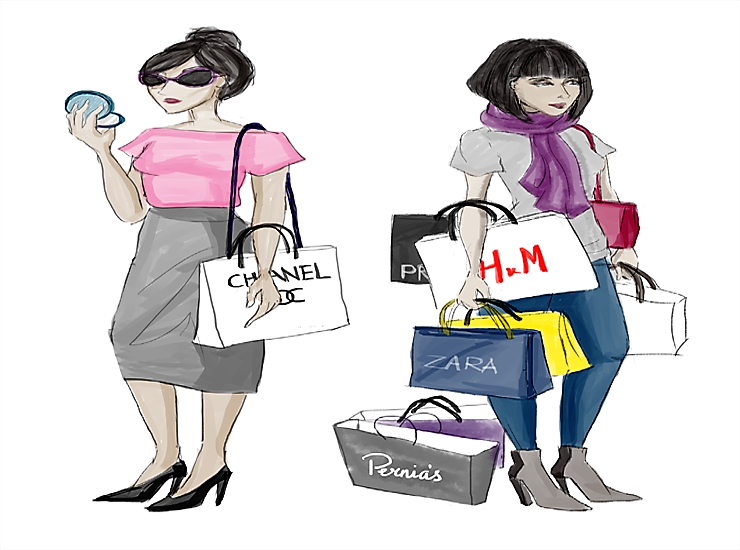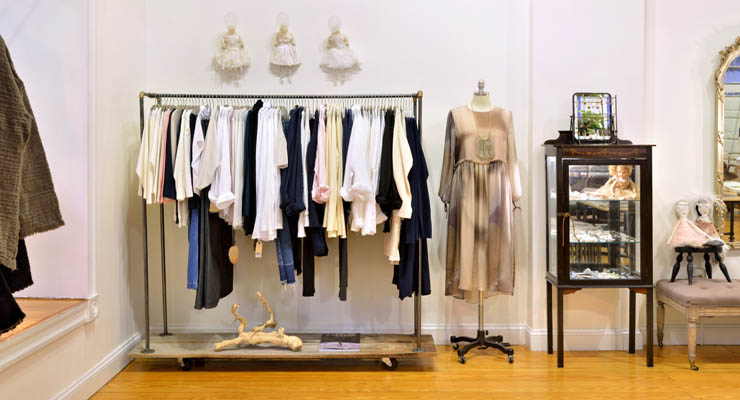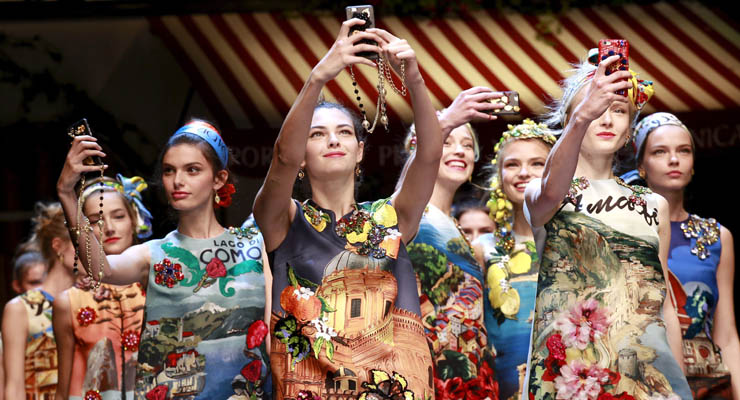
FASHION | FAST OR SLOW
Put a pause to the madness of fast fashion, with slow fashion that may be expensive but focuses on long-lasting, high-quality pieces
Fast Fashion, or as we like to call it, Fast Moving Consumer Fashion (FMCF) is a fashion equivalent of FMCG (Fast Moving Consumer Goods). Like a kitchen salt container that needs replenishing, fast fashion ensures that we feel a similar need to ‘restock’ our wardrobes with ‘key ingredients’ as long as we are around. Zara, H&M and Forever 21 form the holiest of Holy Trinity of retail apparel, followed by Gap and Uniqlo. Their pieces go out of sight within days, hours even, and the shelves start teeming with newer, edgier, trendier designs.
All fast fashion brands are positioned around one key idea, to give us runway-inspired clothes at affordable prices. For example, not all of us can afford an original Alexander Wang, but when he teams up with H&M, the depths of our desire are stirred and we find it completely reasonable to shell out a little extra and avail the chance (till stocks last, of course!).
Fast fashion is impulsive, but slow fashion is sustainable

And even when a Zara or an Adidas is not collaborating with a hi-street designer, they are still commanding our senses and guiding our purses through their oft-affordable uber-chic designs that never cease to populate the stores.
According to reputed retail analyst Paula Rosenblum’s article on Forbes.com, “Fast fashion isn’t going away any time soon. It is demanding a complete change in the apparel industry.”

Slow fashion | From catwalk to snail trot | The term ‘slow fashion’ was coined in 2008 by sustainable design consultant, Kate Fletcher. The idea was to put a pause, if not a full stop, to the madness that fast fashion was causing among consumers. To develop long-lasting, high-quality clothes instead of mass produced fashion with questionable quality. While fast fashion encourages impulsive, mindless buying, slow fashion inspires its consumers to
Buy second-hand/vintage clothing
Choose sustainable, upcycled/recycled garments
Buy less!
While the cynical needle may point towards another chest-thumping, organic revolution; in truth slow fashion is about raising consciousness among buyers towards fashion that doesn’t compromise on style or moral ethics.

Fast and furious or slow and steady | Like the hare and the tortoise, comparison between the two movements of fashion are bound to occur. Especially on the lines of their respective attitude towards –
The environment | Fast Fashion | Clothes created at the speed of greed are causing irreversible damage to our limited natural resources.
Slow fashion | It celebrates the inter-connectedness of all things with the entire ecosystem and refuses to exploit natural resources to mass produce clothes that’ll sooner than later fight for space in landfills.

On longevity | Fast Fashion | It aims to create infinite amount of clothing week after week with pitiable quality.
Slow fashion | Believes in creating timeless clothes, in terms of both fabric and design.
Now, it’s up to us to choose the pace of our life and become conscious of the fact that we are also, what we wear. This video from grist.org will demonstrate why your $8 shirt is a huge problem.
At www.iflauntme.com we take great effort to credit all visual content to the source and the rightful owners. However, we can’t guarantee that we always get it right. If you feel we have erroneously identified your image or would like it removed, please get in touch. Our images come from a variety of sources, including Pinterest, Google Images and, of course, directly from the source.

Comments